Nature is full of surprises, not always pleasant from our point of view: numerous species, from plants to animals, are poisonous. Many creatures bite or sting, sometimes very painfully, to hunt or defend themselves. And in the great arena of the struggle for survival, there are also animals that have specialized in exploiting a precious resource: the blood of others. There are thousands of haematophagous species, more than 14,000 among the arthropods alone. Here we take a look at some of them that feed on us regularly or accidentally, some well-known, others less so.
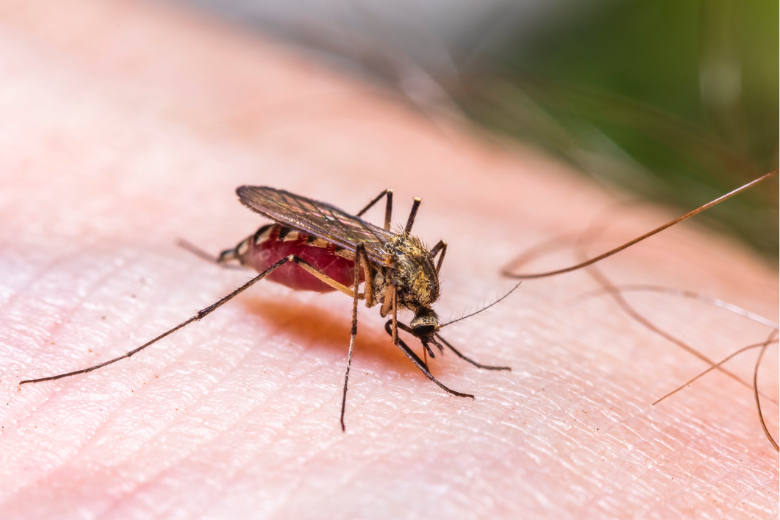
Mosquitos
Mosquitoes are an entire family, Culicidae, with more than 3,700 known species, although very few of them usually bite humans and even fewer have us on their preferred menu. In fact, mosquitoes actually feed on plant sap, and only the females bite, not for food but to obtain protein from the blood they need to lay their eggs. Mosquitoes are a global problem because of the many diseases they transmit. And it’s not a myth that some people are bitten more than others; it depends mainly on the microbiota of the skin and the volatile compounds they emit.
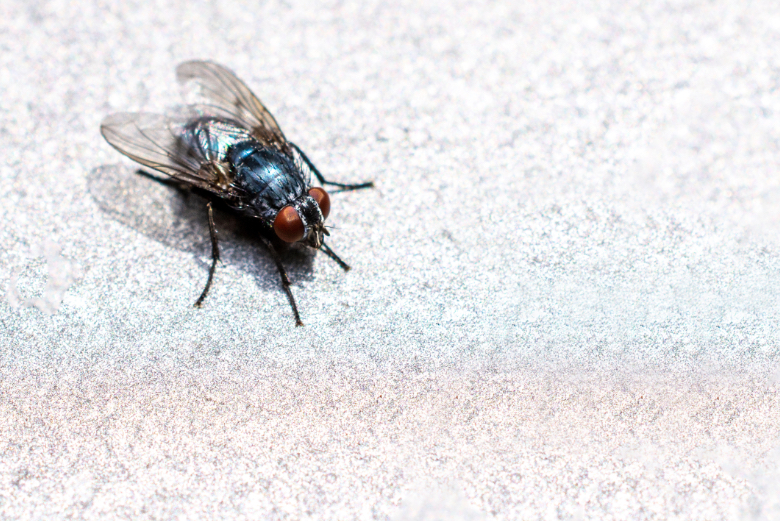
Black flies
Among the dipterans (flies and mosquitoes) there are countless bloodsuckers, including thousands of species of horseflies and a few dozen tsetse flies. But among all these animals, one great unknown stands out: the black fly, actually a family, Simuliidae, with more than 2,400 species and four genera that bite humans. These small, hump-backed flies have spread enormously in our latitudes. Their bite, which cuts the skin and allows blood to flow out, causes inflammation that can last for weeks. They can transmit diseases such as onchocerciasis, or river blindness, caused by a parasitic worm.
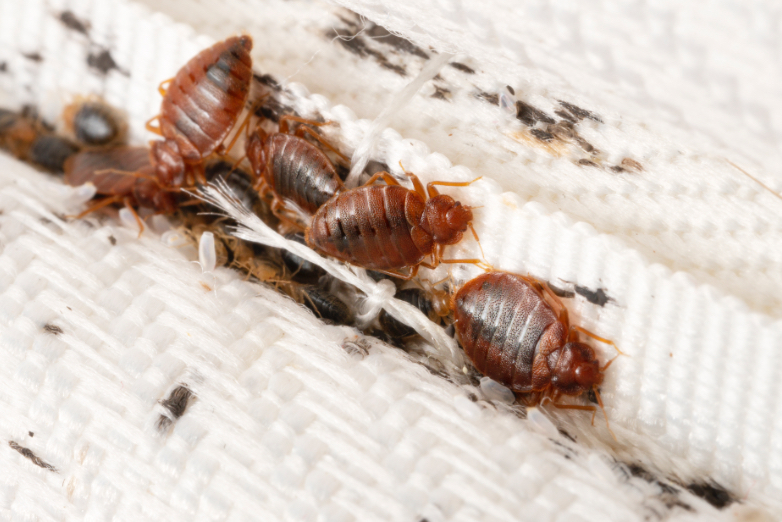
Bedbugs
There are pests that we thought had been virtually eradicated from the developed world, only for reality to show us otherwise. Such is the case with the bedbug infestation in Paris in 2023. The two species of insects in the genus Cimex bite sleepers at night, nest in dark places in mattresses, couches, bed frames, wardrobes, furniture or cracks, and can spread by hiding in luggage. They can be difficult to eradicate, but fortunately do not usually transmit disease.
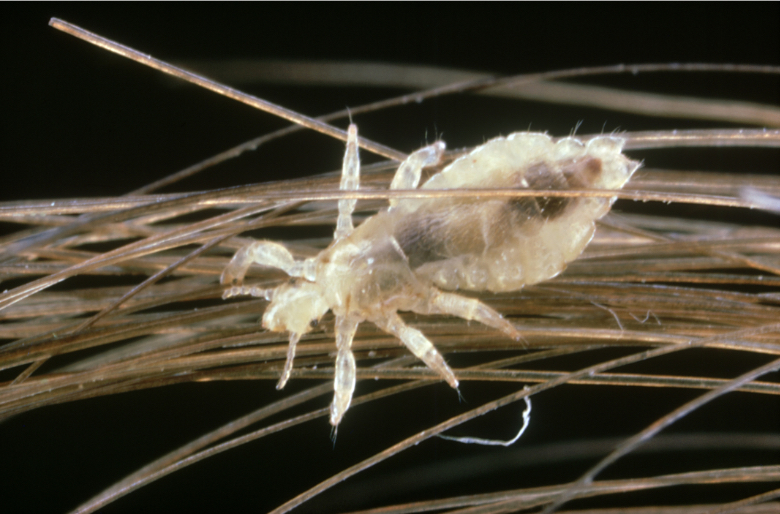
Lice and crabs
Of the thousands of species of lice, three have specialised in us: head lice (Pediculus humanus capitis), body lice (P. h. humanus) and crab lice or pubic lice (Pthirus pubis). They are also pests that we have never managed to eradicate. Unlike bedbugs or fleas, head lice and crab lice always live and breed on their host; their mobility is restricted and they cannot fly or jump. The body louse differs in that it lives and breeds on clothing, and is the only one that can transmit diseases such as epidemic typhus.
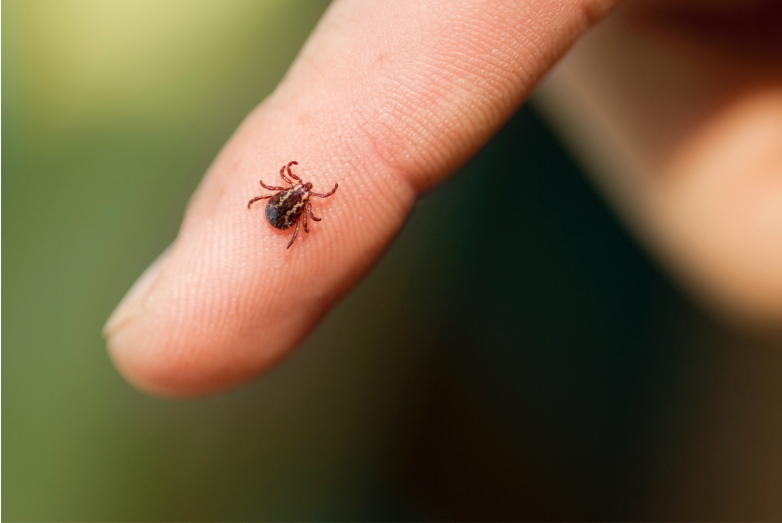
Ticks
Ticks, of which there are some 900 species, are a growing pest due to human encroachment on ecosystems and milder winters. In addition to the aversion these parasitic arachnids provoke in humans, they are vectors for many infections such as Lyme disease, tularaemia and Crimean-Congo haemorrhagic fever. Contrary to popular belief, the danger of contracting them does come from the animals that carry them: ticks spend more than 95% of their lives outside their host. They hatch on the ground and cling to the stems of grasses or shrubs, waiting for a host to pass by. When they find a host, they feed for a few days and then return to the ground to digest for months.
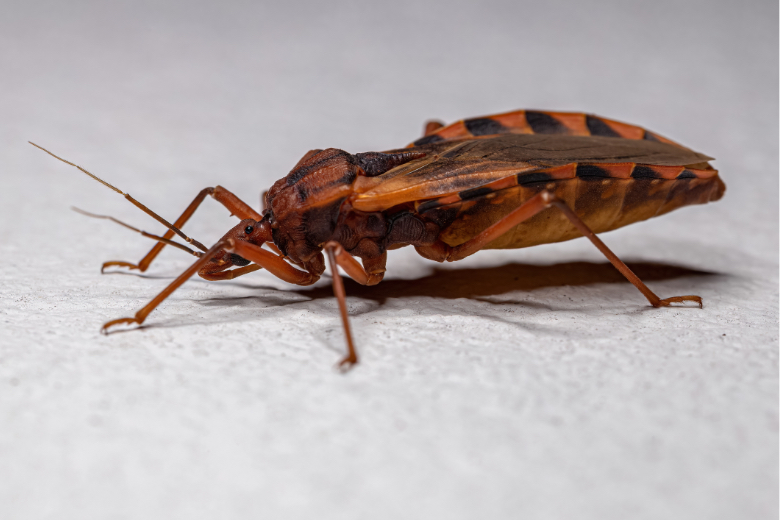
Kissing bugs (Triatoma infestans)
Unknown in Europe, but feared in the Americas, especially South America, where it goes by several names, the kissing bug is the main representative of the triatomines, a subfamily of large blood-sucking bugs that Darwin described as “most disgusting“. There are more than 130 species, most of which feed on the blood of vertebrates. They live in or near human dwellings and are known as kissing bugs because of their tendency to feed around people’s mouths. They transmit Chagas disease through the parasite Trypanosoma cruzi, which they do not inject directly, but deposit on the skin when they defecate.
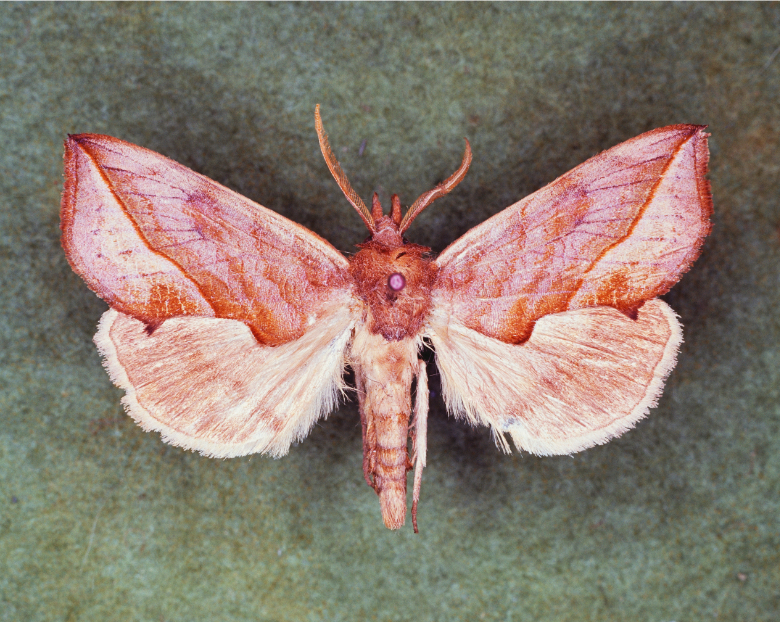
Vampire moths
Among the animals we would least expect to suck our blood are moths. But there is a genus of these insects, Calyptra, that drinks the blood of vertebrates. And at least the male of one species, Calyptra thalictri, does so by drilling through the skin with its proboscis, although the main purpose of this organ is to pierce fruit to extract the juice. The blood is thought to provide sodium, which the male transfers to the female during copulation. The moth is found in humid areas of Asia and southern Europe, from where it has spread northwards, reaching Scandinavia.
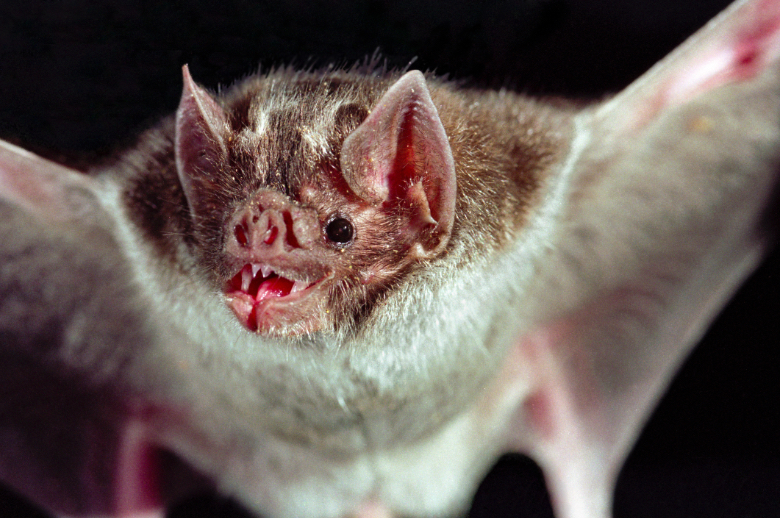
Vampire bats
We could not leave out the true vampires, three species of bats from the subfamily Desmodontinae, the only mammals that feed exclusively on the blood of other animals. This is usually an unbalanced diet for a mammal, with an excess of water, protein and iron that the body has to deal with. Humans are not a preferred prey, but are only occasionally targeted. To feed, the vampire bat lands or crawls onto its victim, shaves away any hairs with its teeth, then cuts the skin and laps up the blood that flows out.
Comments on this publication